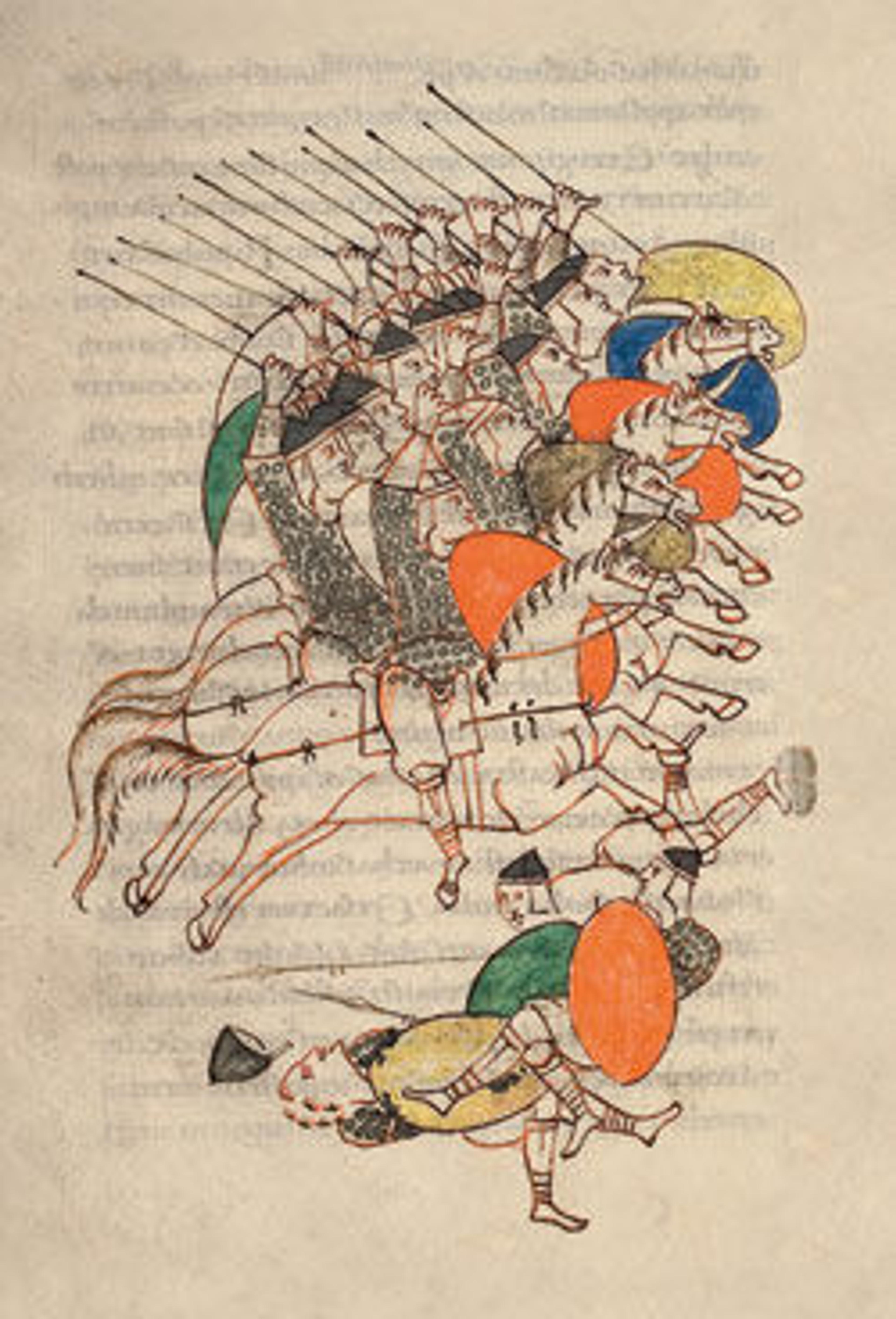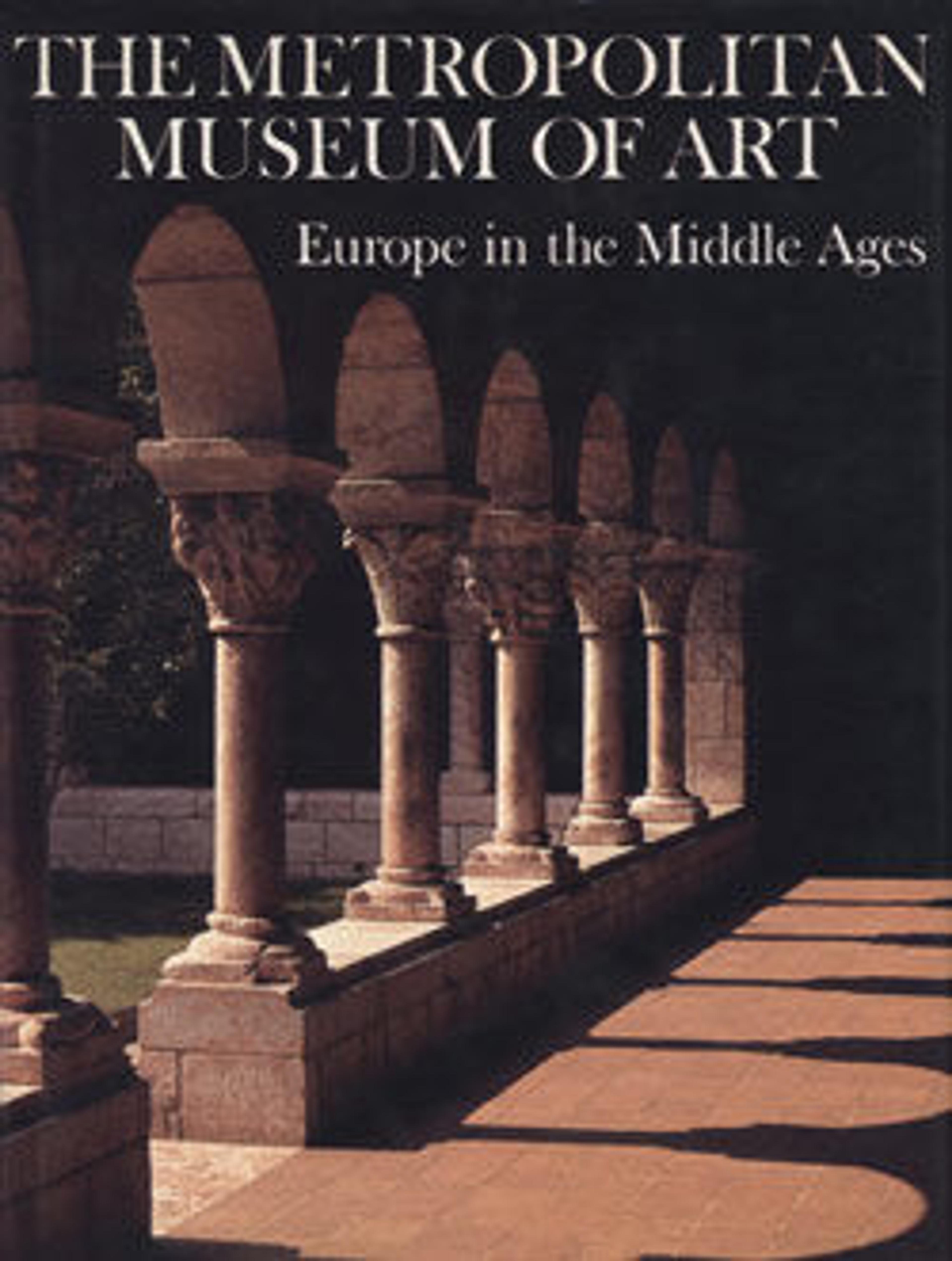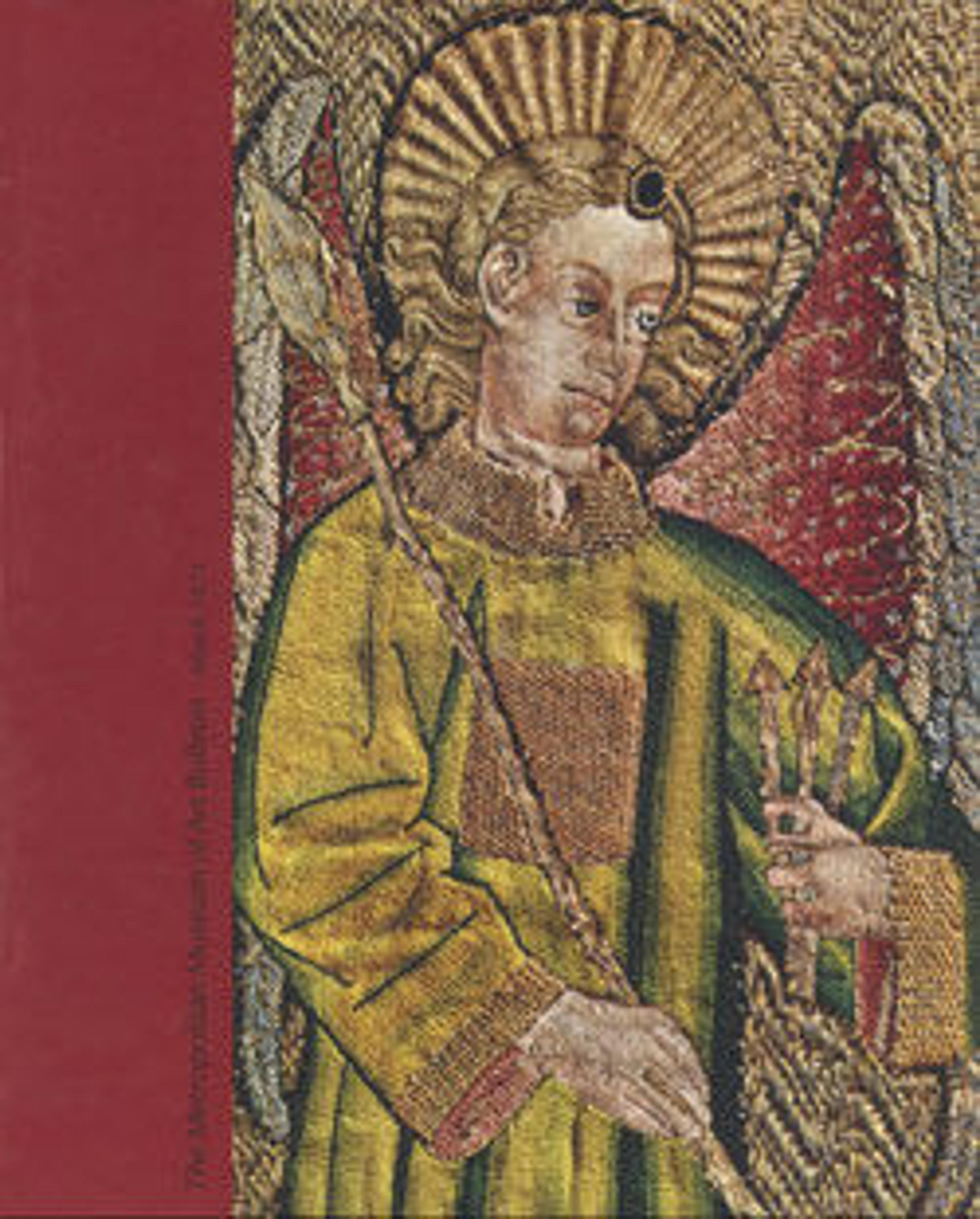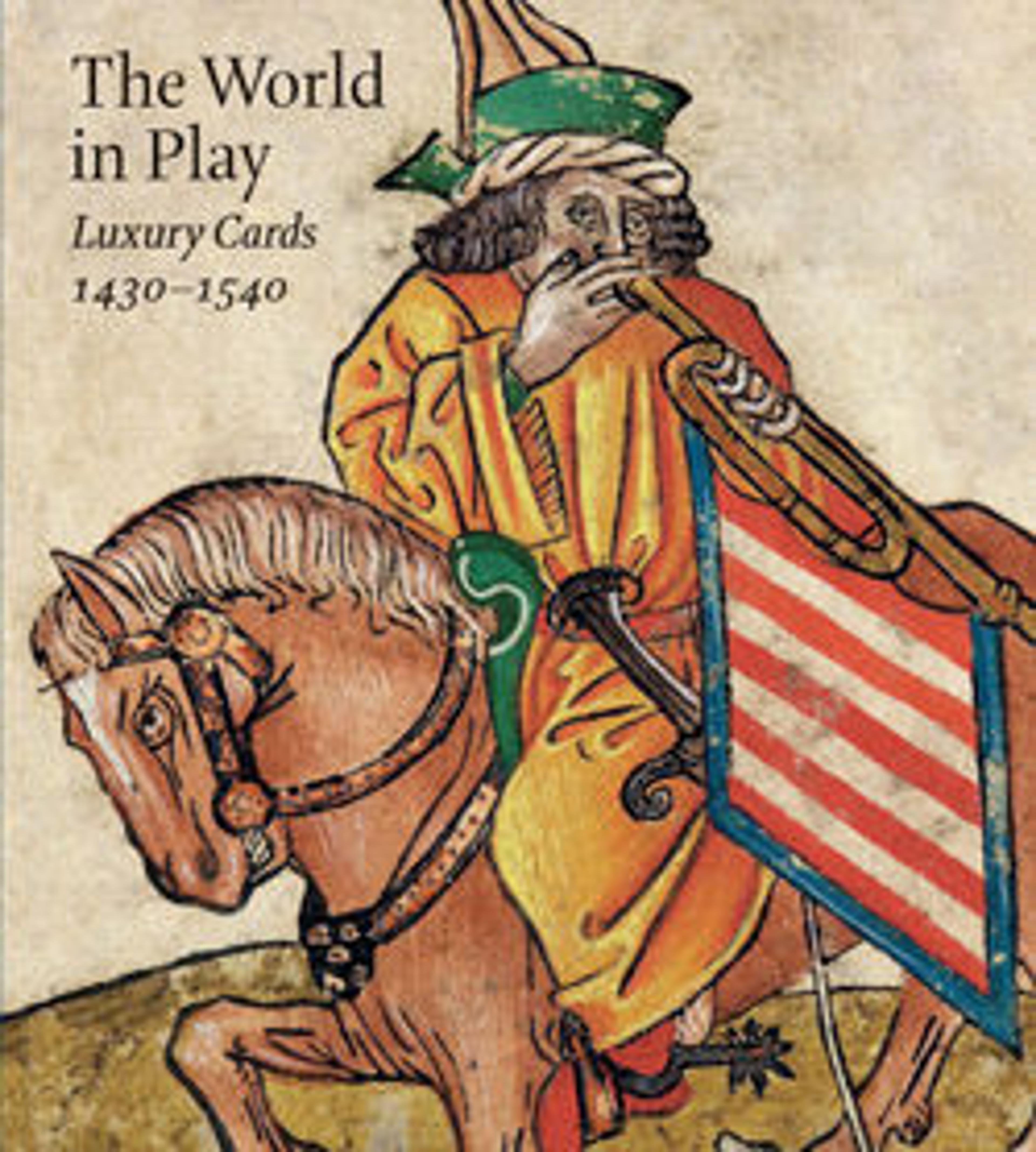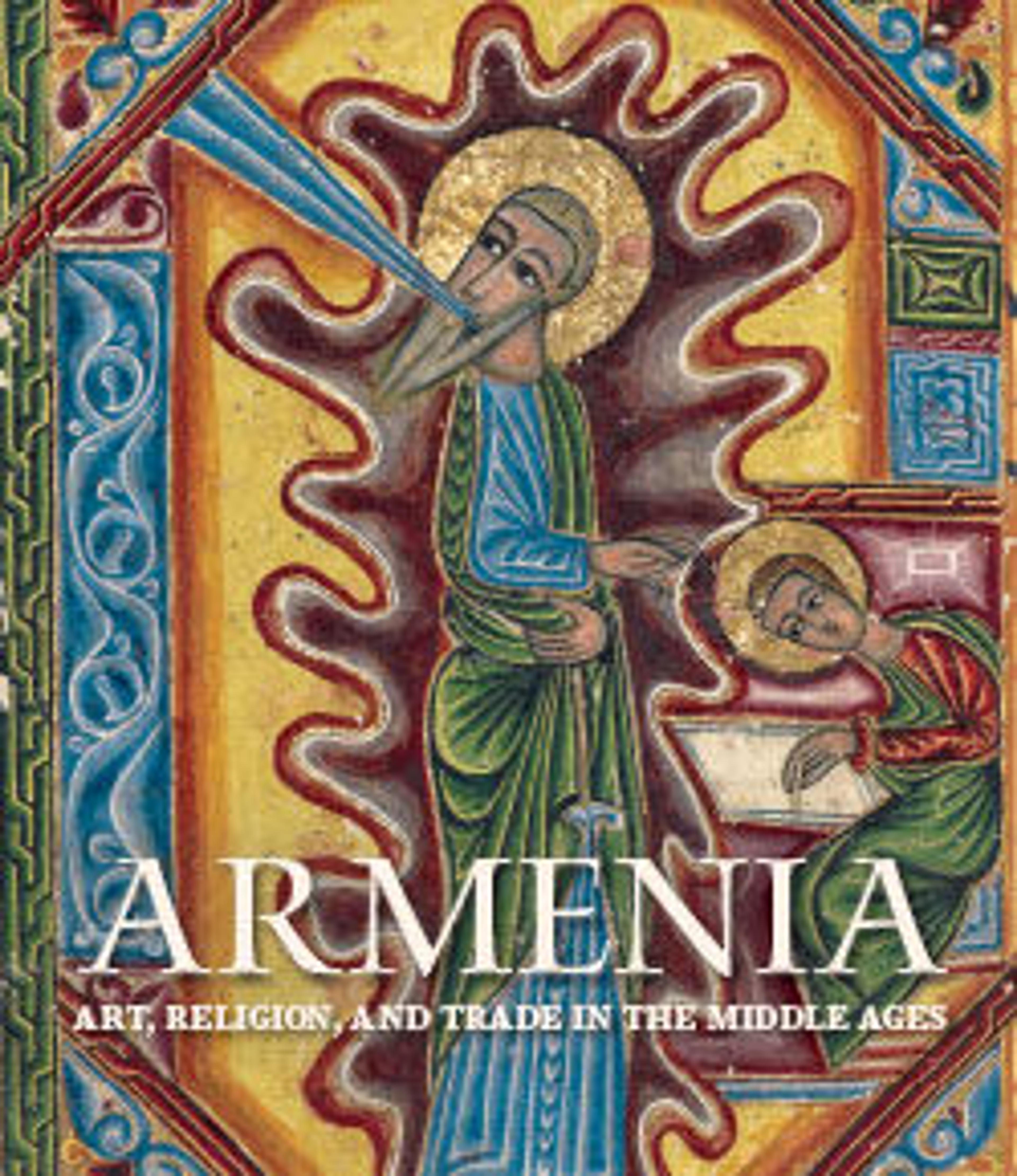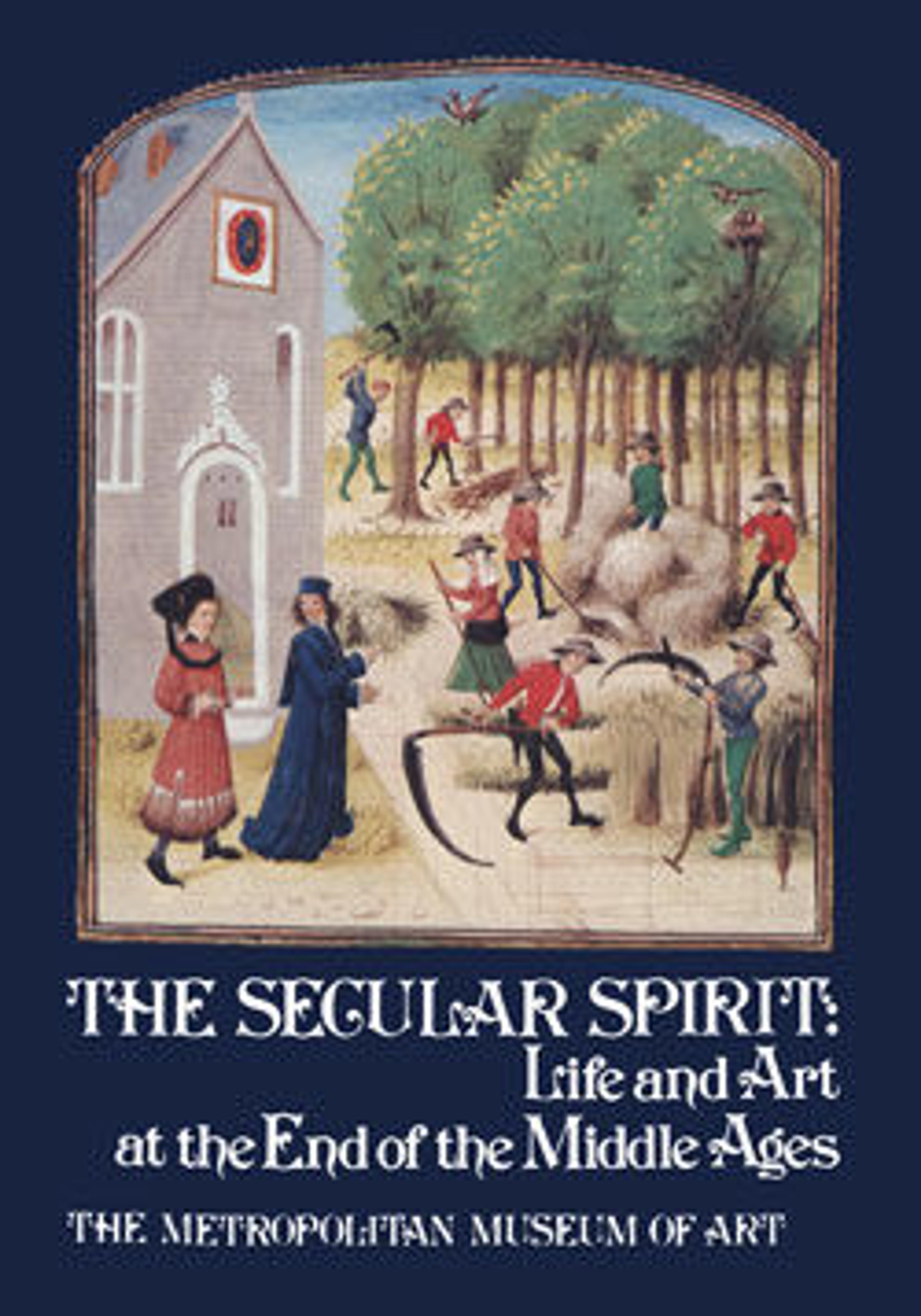
The Secular Spirit: Life and Art at the End of the Middle Ages
In all eras, objects of everyday life are taken for granted: they are used and discarded, rarely discussed or preserved. It is, generally, a period's extraordinary works of art and architecture that have been preserved for our examination, rather than the pots, games, and other ordinary objects. But the focus of this exhibition, The Secular Spirit: Life and Art at the End of the Middle Ages, is on pots and games, clocks and saddles, almanacs and herbals, tools and gifts—a great variety of things made for use during the course of daily life in one of the great periods of transition in western Europe, the years between 1300 and 1550.
During these two and a half centuries of dramatic change, the restrictions and insularity of the feudal system crumbled under economic, social, military, and national upheavals. This period saw the development of capitalism and free enterprise, which gave rise to a wealthy and powerful middle class. It likewise saw the emancipation of the peasant and the expansion of opportunities for the average man to work for his own profit and better his living conditions. The new Atlantic trade routes and internationally accepted currencies, such as the ducat, florin, and taler (from which the dollar is derived), made international commerce a reality. With a developing sense of nationalism, governments became more centralized and more efficiently administered.
The foundations of modern Europe were laid during this period, and many of the legal, economic, and legislative changes survive to this day. Things were happening: it is easy to feel close to the busy, lively, inventive people who made and used the objects this show presents. Indeed, the emphasis of the exhibition is on individuals rather than institutions—men and women rather than the Church or military, the university or guild. And it avoids depictions of daily life in order to concentrate on the works themselves, showing what they were and how they were used.
The 320 objects range from the most ordinary everyday equipment to pieces that are without question glorious works of art. There are simple cooking vessels and spits, for instance, as well as five tarot cards made as a wedding present for an Italian noblewoman, which are painted with designs as exquisite as those of the finest manuscripts. The varying levels of knowledge are also indicated: a charming though prosaic astrological treatise is shown with an astronomical compendium of astounding sophistication and accuracy. And the arcane manuscripts of the alchemists are presented as well; in one case, the text is still undeciphered.
The objects have been drawn entirely from collections in North America, and many are almost unknown—some have never been exhibited or even published before. Assembling an exhibition is always exciting, but putting together this one has been a surprise and a revelation, for we did not realize at the beginning how great was the quantity of secular material of this busy period. We hope The Secular Spirit will not only spark the scholars' interest in a rich field that needs much more study, but will also excite the casual visitor with its beauty and its human appeal.
Met Art in Publication
You May Also Like
Press the down key to skip to the last item.
Citation
Metropolitan Museum of Art, and The Cloisters, eds. 1975. The Secular Spirit: Life and Art at the End of the Middle Ages ; Catalog of an Exhibition, Held at the Cloisters, Metropolitan Museum of Art (New York), Mar. 26, 1975 - June 3, 1975. A Dutton Visual Book. New York, NY: Dutton.
